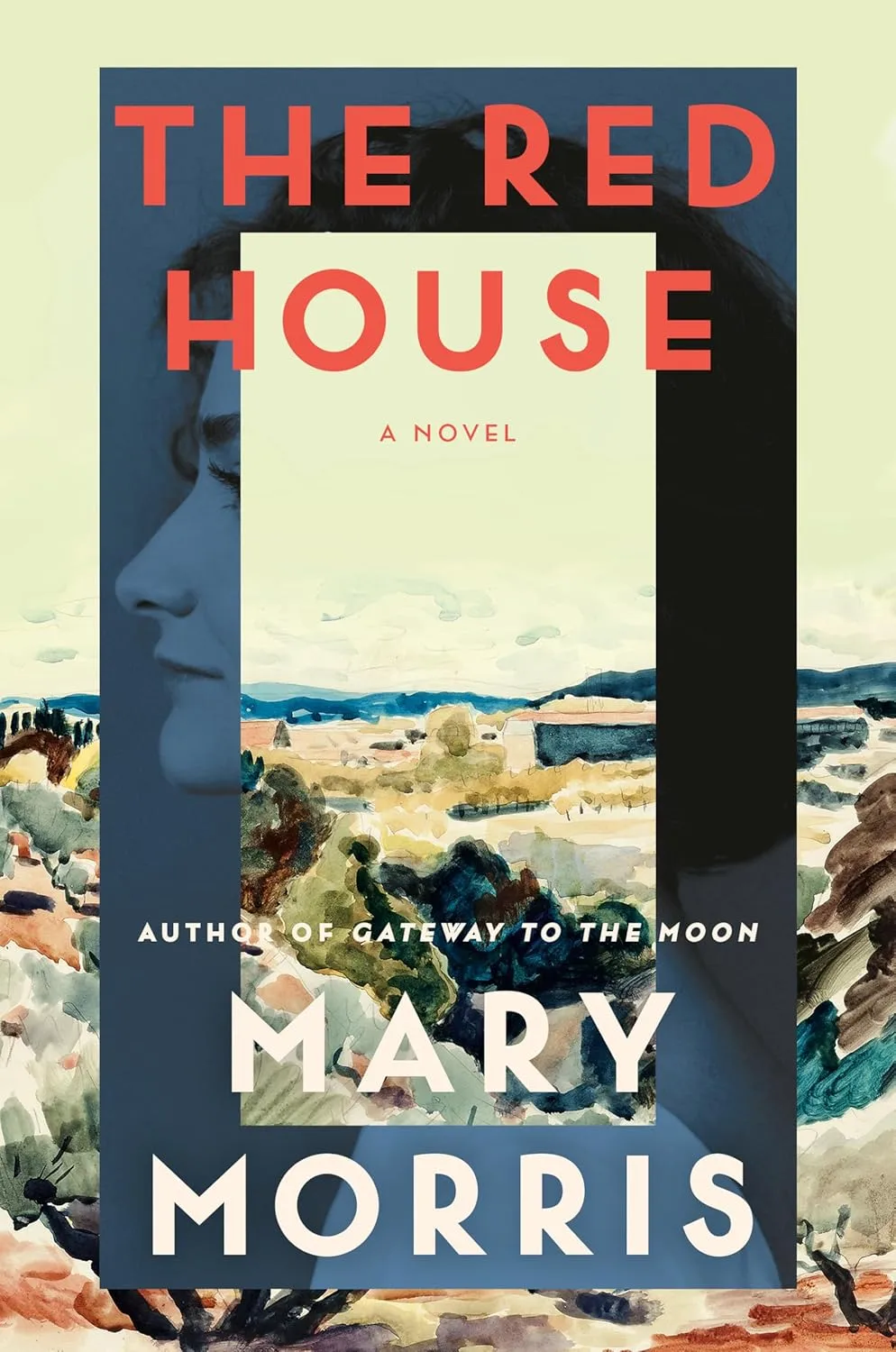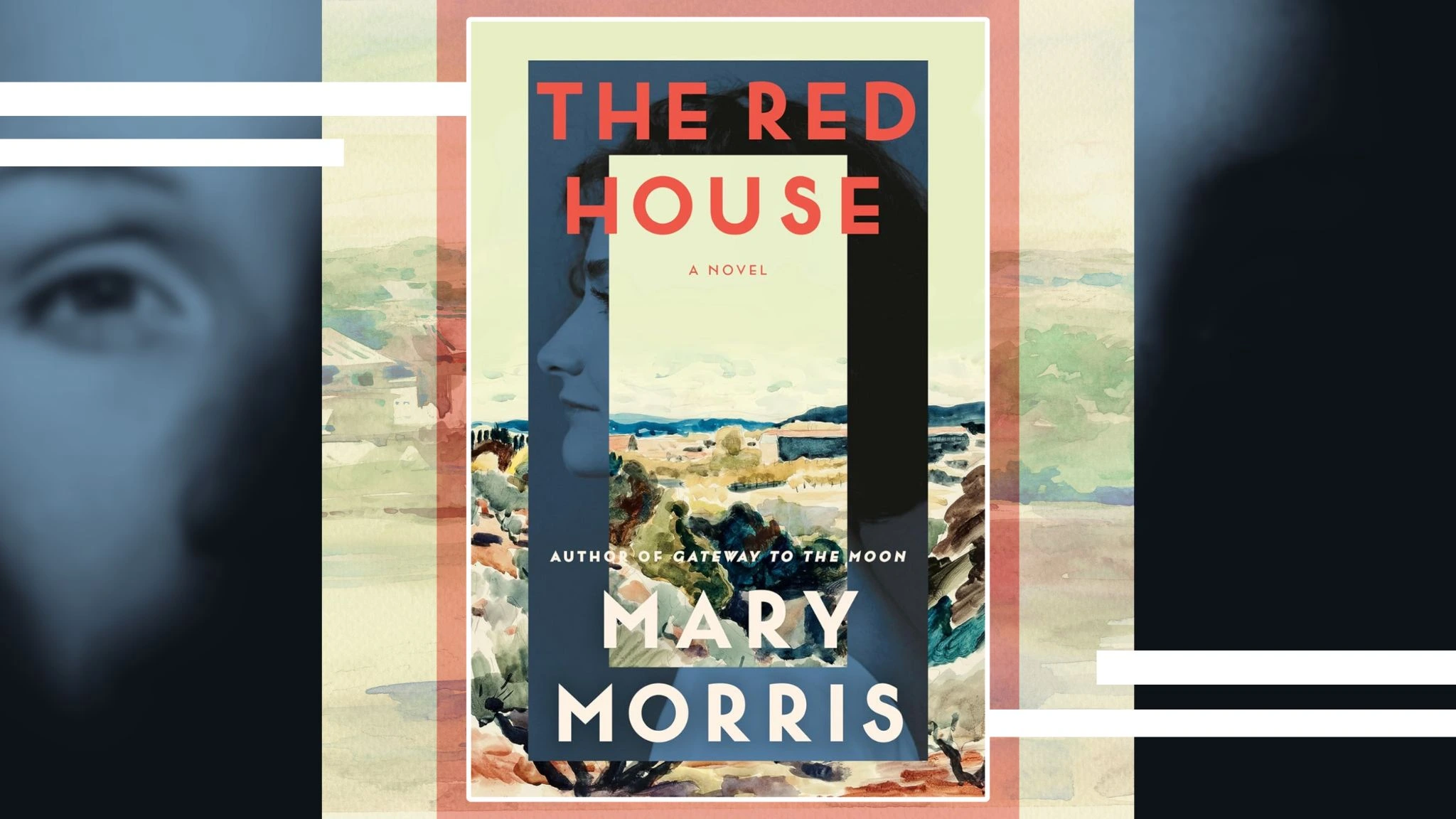The Red House by Mary Morris
How well do we really know the people we love? Can uncovering the secrets of the past finally bring healing, or will it cause more chaos in the present? In The Red House, award-winning author Mary Morris crafts a haunting and thought-provoking historical mystery that explores these very questions.
Set in Italy and the USA between the late 1930s and 2002, the novel follows Laura, an interior designer from Brooklyn, as she travels to her birthplace in Brindisi, Italy, to investigate the decades-old disappearance of her mother, Viola. Her search for answers unfolds into an exploration of identity, family secrets and the lingering impacts of war.
A House of Mystery and History
In 1972, when Laura was just 12 years old, her mother, Viola, vanished from their home in New Jersey without a trace. Her disappearance seemed abrupt as she left the door of the house ajar, a plate of bread crusts on the kitchen counter, a half-empty juice glass, her car keys and wallet with her ID. It is now 30 years later, and the loss still haunts Laura.
When she receives a call from the detective who handled her mother’s case, Laura chooses not to respond. Instead, she abruptly embarks on a journey to Italy to seek answers in places her mother once lived, starting with a clue on some of her mother’s paintings of a mysterious red house.
The story shifts between Laura’s present-day investigation, memories of her childhood, and Viola’s harrowing past. Through a mysterious old man Laura meets in Italy, she learns about her mother’s connection to the Red House and a tragic history of Jewish families exiled during Mussolini’s regime during World War II.
Layered and Empathetic Writing
Morris’s writing is rich, introspective and emotionally layered. She paints scenes with sensory precision. Her prose makes the setting feel alive, like her description of the scent of loamy earth on a spring day or the stifling stench inside overcrowded buses.
I also love how Morris balances intimate character studies with broader historical context. She zooms in on the characters’ personal lives while portraying the horrors of war and systemic dehumanisation. The personal and political are deeply intertwined in the story as it gracefully moves between timelines and geographies.
The novel doesn’t follow a strictly linear structure; instead, it alternates between present-day Laura, young Laura and past events from Viola’s childhood. Morris creatively reveals just enough at a time to build tension, creating a slow-burning mystery about emotional resolutions.
Even when writing about deeply painful subjects like displacement, starvation, and sexual exploitation, Morris avoids melodrama. Her tone remains measured and empathetic, allowing the raw facts and emotional truths to speak for themselves.
Richly Drawn Characters
I also enjoyed the novel’s characterisation. Laura is a complex, flawed protagonist, still grappling with the emotional scars of her mother’s sudden disappearance during her childhood. On top of that, she’s dealing with a failing marriage and a growing sense of disconnection in her adult life.
She is also self-aware; she recognises the damage these unresolved issues have caused and understands that uncovering the truth about her mother may be the key to healing and moving forward.
Viola is a fully realised character. Her tragic childhood experiences deeply shaped who she is and the choices she made in life.
I also loved how Morris sprinkled small, curious details about Viola’s personality (during Laura’s childhood) throughout the story, like quirks and habits that her family sees as strange, that made perfect yet heartbreaking sense by the end of the story. As the narrative comes full circle, we, like Laura, can finally understand why Viola is the way she is and the choices she made.
Historical Fiction with Emotional Depth
Although The Red House is technically a work of fiction, it is rooted in historical truth. This makes the novel feel both intimate and expansive, personal and political.
I highly recommend The Red House to fans of The Nightingale by Kristin Hannah or The Forgotten Garden by Kate Morton, and historical fiction novels with emotional depth, richly drawn characters, family dysfunction and mysteries that unfold with grace.
 Mary Morris is the author of numerous works of fiction, including the novels Gateway to the Moon, The Jazz Palace, A Mother’s Love, and House Arrest, and of nonfiction, including the travel classic Nothing to Declare: Memoirs of a Woman Traveling Alone. Morris is a recipient of the Rome Prize in Literature and the 2016 Anisfield-Wolf Book Award for Fiction. She lives in Brooklyn, NY.
Mary Morris is the author of numerous works of fiction, including the novels Gateway to the Moon, The Jazz Palace, A Mother’s Love, and House Arrest, and of nonfiction, including the travel classic Nothing to Declare: Memoirs of a Woman Traveling Alone. Morris is a recipient of the Rome Prize in Literature and the 2016 Anisfield-Wolf Book Award for Fiction. She lives in Brooklyn, NY.





